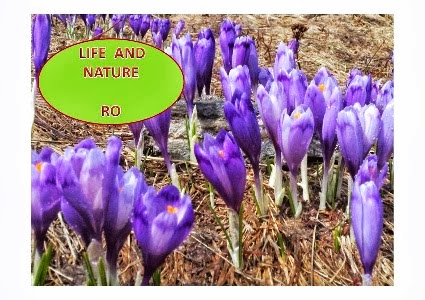Traces of Life drawing of its mark in rock - Fossils from Slănic River, Buzău
Time stamp left deep traces of life, like the brush of a painter drawing on rocks spanning the entire Slănic of Buzău Valley.
Thus was born a new geological period- Neogene, which "hides" the present traces of Miocene and Pliocene deposits, which belong to the past.
All over Slănic Valley, you can see deposits of brackish seas (Sarmatian) that host limestone with shells of molluscs (Sarmatimactra balcica, Sarmatimactra caspia), whose training continued in the Pliocene. All these fossils are marine animals of ancient Parathetys, having a length of between 1-12 million years old.
You can still feel the presence of freshwater bivalve: Congeria rhomboidea, Congeria novorosia belonging to Pontian, and the presence of the Dacian bivalve species such as Prosodacna hauerii.
Romanian, the last part of the Pliocene deposits contain bivalve shells (Unio rumanus) and gastropods (Viviparus rumanus), which will be gradually replaced by small snails of the Melanopsis genus.
Sarmatian Fossiliferous Deposits (Sarmatimactra caspia, S. bulgarica)
Foto: Gabriela Iftode
Sarmatian Fossiliferous Deposits (Sarmatimactra caspia, S. bulgarica)
Foto: Gabriela Iftode

Fossiliferous Deposits
Foto: Gabriela Iftode
Buzău Amber
Amber, also called romanit, formed on Buzău Land about 60-45 million years ago, has been known and exploited at the beginning of the XIX th century. The amber is a fossilized resin that comes from a species of ancient pine - Pinus succinifera.
Called by locals "sun stone" because of its yellow-orange colour, amber was considered by them a magic stone and was originally used in making healing of diseas amulets and subsequently making ornaments of great beauty. The Amber Mine from Buzău was declared a natural monument of interest in geology and paleontology and has an area of 2.52 hectares.
In Colți commune, Buzau, there is also an Amber Museum, which was established in 1979. It is visited every year by lots of tourists.
Amber Jewelry
Foto: Gabriela Iftode
Gabriela Iftode
14/08/13




Niciun comentariu:
Trimiteți un comentariu